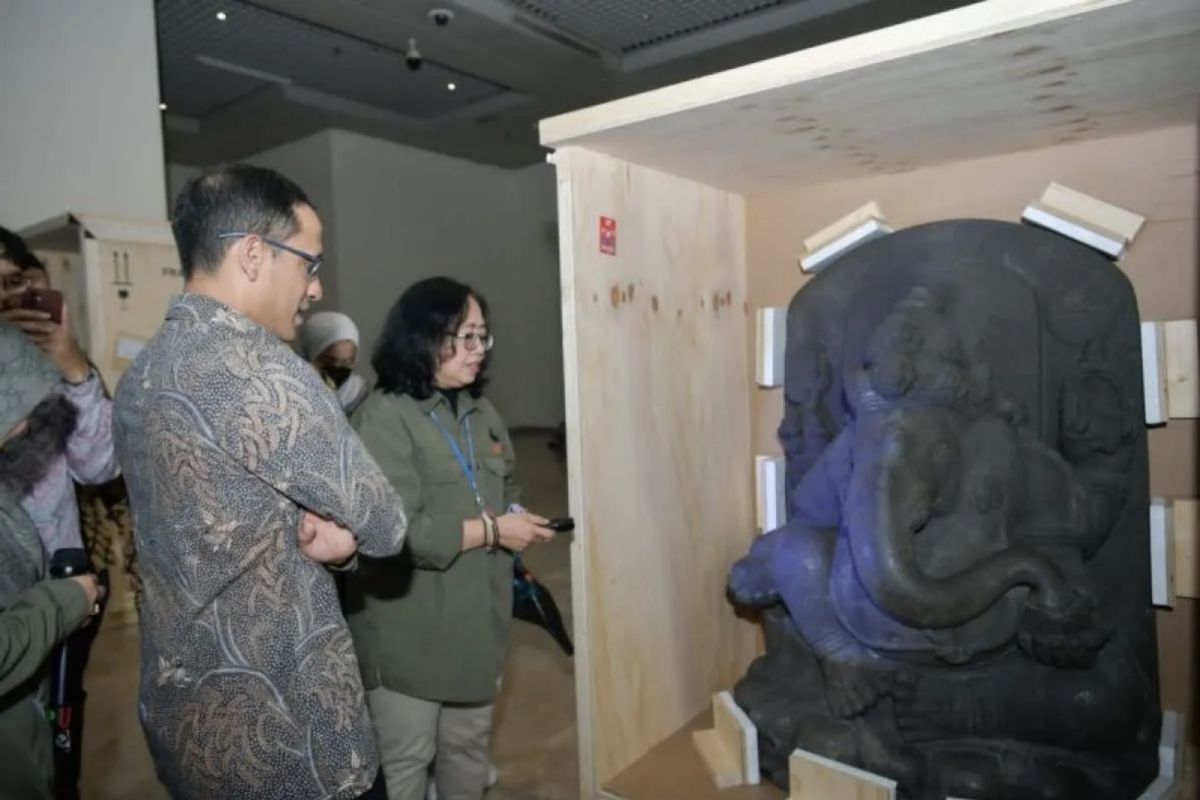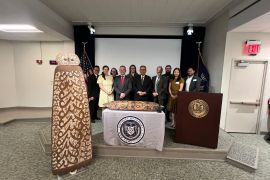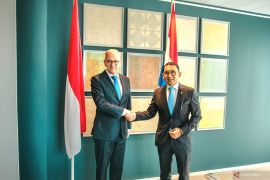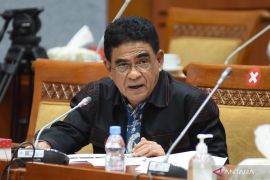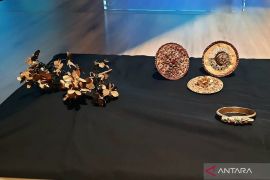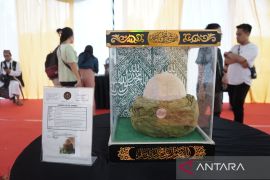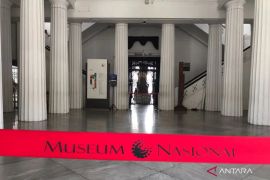On July 6, 2023, the Netherlands officially announced that it would return 472 cultural artifacts to Indonesia at the request of the Indonesian government.
A ceremony for handing over the historical objects took place at the Museum Volkenkunde in Leiden, the Netherlands, on July 10, with Hilmar Farid, the director-general of culture at the Ministry of Education, Culture, Research, and Technology (Kemendikbudristek), representing Indonesia.
"We initiated the repatriation effort two years ago," said I Gusti Agung Wesaka Puja, the head of the Indonesian collection's repatriation team.
The repatriation team, in collaboration with the committee for the repatriation of Dutch colonial objects led by Lilian Gonçalves-Ho Kang You, has maintained positive and productive communication to encourage the return of historical objects from the Netherlands to Indonesia.
The long-awaited objects, which have been in the Netherlands for three centuries, comprise four collections, including a Puputan Klungkung Keris from the Kingdom of Klungkung, Bali, four statues from the Singasari Kingdom era, 132 art objects from the Pita Maha Bali collection, and 335 looted treasures from the 1894 Lombok Expedition, according to the ministry.
Among the 472 objects retrieved from the Netherlands, the four statues from the Singasari Kingdom era will soon be displayed at the Indonesia National Museum as part of the first stage of the artifact's return to Indonesia.
The Singasari statues, depicting gods and goddesses from Hindu mythology, namely Durga, Mahakala, Nandishvara, and Ganesha, are masterpieces from the 13th century AD.
Before arriving in Indonesia, the statues were kept at the Volkenkunde Museum, and replicas of the Durga and Ganesha statues were displayed in the Kertarajasa Room of the Indonesia National Museum, according to an official from the National Museum.
Ni Luh Putu Chandra Dewi, the head of the National Museum, explained that the four Singasari statues are still in storage, with maintenance work in progress.
Dewi further explained that due to the difference in seasons between the Netherlands, which has four seasons, and Indonesia, which has two seasons, acclimatization of the repatriated artifacts is necessary.
Acclimatization is the process or result of becoming accustomed to a new climate or new conditions.
The Indonesian government has stated that it will provide a preservation team to take care of the collections, particularly to stabilize the condition of the artifacts once they are returned home.
"I have personally inspected the condition of the four Singasari statues and directed my team to look after and maintain them well, as well as the hundreds of repatriated objects that will 'come home' in waves," said Minister of Education, Culture, Research, and Technology, Nadiem Anwar Makarim.
Meanwhile, the National Museum is planning to hold an exhibition with a clear storyline concept to showcase the statues, along with Prajnaparamita, which was also repatriated from the Netherlands and has been with the museum since 1975.
The temporary exhibition is expected to take place in October this year, or no later than the end of this year, and will then become permanent.
After the return of the artifacts, an increase in visitors is anticipated, but hopefully not just a temporary spike," Dewi remarked.
She added that this is not simply about the return of artifacts that have been away from their home for a long time.
"People can take pride in our works of art, in which we must emphasize the educational elements, for the creation of our national identity and character. That's what we want to convey, and that is our goal," she said.
Earlier, Minister Makarim emphasized that the short-term goal is for the public to see the valuable artifacts through exhibitions, while in the long term, they are expected to become a source of knowledge and increase the spirit of nationalism.
"Still in the spirit of independence, the Indonesian people should be proud of the results of our joint struggle for approximately two and a half years to return historical and cultural objects belonging to this nation back to the country," Makarim said.
Niti Darmika, a visitor at the National Museum from Bali, welcomed the news of the return of the artifacts and agreed that the display of the repatriated artifacts could help raise people’s awareness about Indonesian history and culture.
"It seems that some people don't really care about what our ancestors went through in the past. With the return of artifacts and their being displayed in the National Museum, more people can learn the history behind the artifacts and appreciate our culture," Darmika said.
"This move may also strengthen the bond between the two nations," she added.
Another visitor from Kalimantan, Dewanti Dyah Ayu Rengganis, said that she was aware of the news and was glad about the repatriation.
"After all, the Netherlands colonized Indonesia for almost 350 years. I think the return of Indonesian artifacts is good news since it represents the Netherlands' respect for our country," she added.
The return of historic and cultural artifacts to Indonesia marks a milestone in rectifying historical injustices and would enable the Indonesian people to reconnect with their lost heritage while reinforcing the spirit of nationalism.
This endeavor not only bridges the past with the present but also fosters cultural understanding between nations, signifying the important role that artifacts play in both cultural preservation and diplomacy.
Related news: Netherlands returns historical objects to Indonesia
Related news: Netherlands to return 472 cultural objects to Indonesia
Editor: Anton Santoso
Copyright © ANTARA 2023
